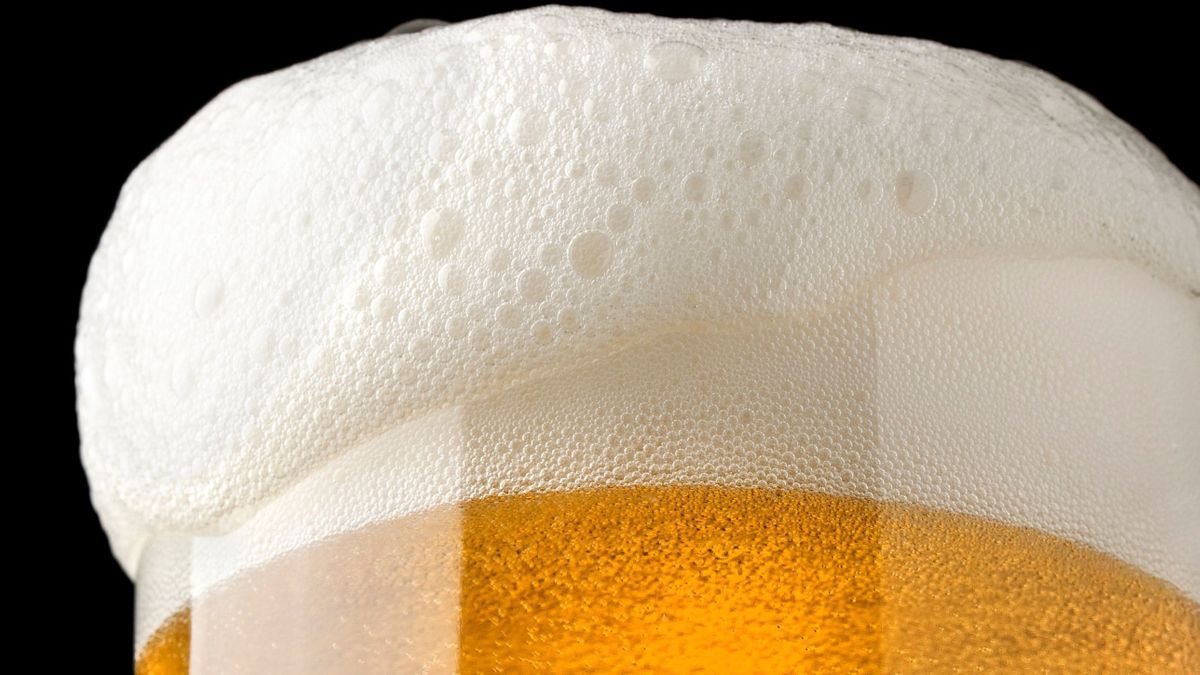
They were believed to be above all suspicion because they were a solution for continuing to toast without having a hangover… But that was without counting on American scientists who realized that non-alcoholic beers could develop bacteria. The absence of alcohol is a first explanation, but there are others.
Will this scientific study put a brake on the dynamic around “dry January”, this operation of British origin which is a hit and which consists of observing a break in one’s alcohol consumption?
More pathogens in non-alcoholic beers?
Researchers at Cornell University in New York state conducted experiments with non-alcoholic beers and discovered that in the absence of the ethanol molecule, the risk of development of pathogens n was not negligible. Clearly, bacteria can proliferate more in foams that have been dealcoholized. Published in the scientific journal Journal of food protection, these results demonstrate that several stages of manufacturing non-alcoholic beers deserve the full attention of brands to avoid this type of inconvenience. We are talking about both brewing and storing the beverage.
“We suspected that foodborne pathogens could thrive without the presence of alcohol. We were right. At this point, you should consider non-alcoholic beer as a food and ensure that all parameters are met to ensure product safety” explains Randy Worobo, the author of this study and professor of food sciences.
Alcohol is not the only protective agent
To reach such a conclusion, scientists inoculated samples of non-alcoholic beer and others with low doses with three strains of bacteria: E.coli, listeria monocytogenes and salmonella (salmonella enterica). The experiments were also comparative since storage at different temperatures, for two months, made it possible to analyze potential differences. Thus, we realized that at 13.9°C (57 fahrenheit), the presence of E.Coli bacteria and salmonella had doubled, unlike listeria.
However, it would be a mistake to consider only alcohol as a protective agent. The reason is much more complex. It is actually a combination of factors that protects traditional beer from the development of pathogens, unlike their dealcoholized counterparts. The first in fact have a low pH, contain very little oxygen and are marked by the acid of the hops, contributing to microbial stability. Unfortunately, the same cannot be said for the seconds.
Sales of non-alcoholic beers at the top!
The subject raises even more questions as manufacturers of non-alcoholic beer imitate traditional processes, consisting of adding hops during fermentation, if not during packaging, as IPA (Indian Pale Ale) brands do to avoid deviations during transport. In the case of alcohol-free foams, this technique is used to accentuate the taste of the beverage, except that scientists indicate it as a maneuver that can “potentially introduce contamination”.
These revelations come in a very dynamic context for non-alcoholic beers, the very first category to have laid down the lines of this new consumer trend. And it’s always a linear pattern that pulls the trend upwards. According to panelist nielseniQ’s calculations, sales in Europe increased by 16.4% in 2022 alone, a year during which the number of consumers choosing alcohol-free products increased by 25%, according to the British firm IWSR, whose The analysis has reference value in the field.
